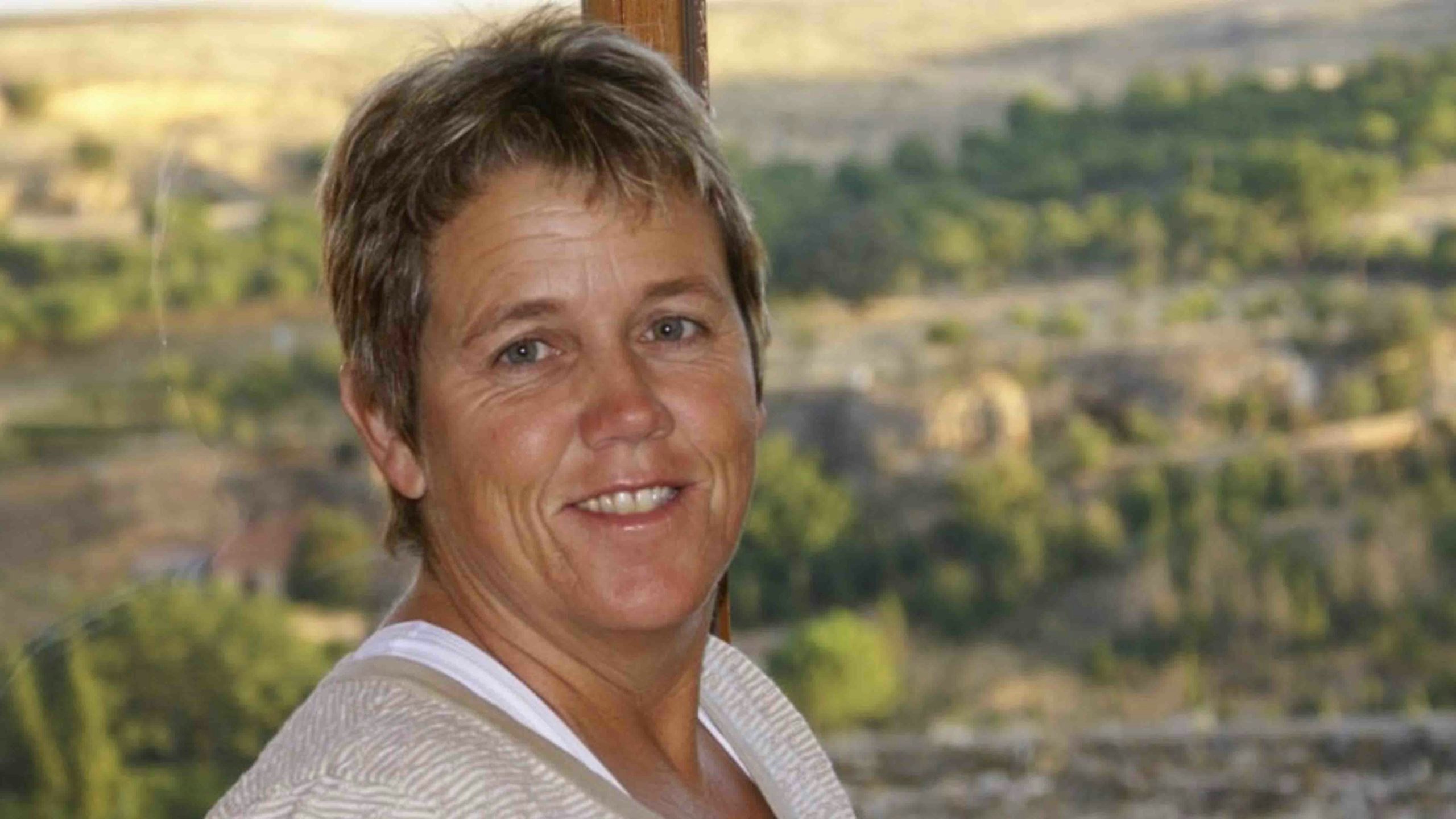Last June, I took the Wyoming Game and Fish Department to task for its draft elk feedgrounds management plan, saying the plan set forth a blueprint to reduce or eliminate livestock from the region (through suggesting retirement of grazing allotments, working with federal land management agencies to determine where livestock AUMs could be adjudicated from livestock to wildlife use, seeking changes to local government regulations to promote elk use of private lands, and promoting major shifts in current land use, among others).
I suggested WG&F was way out over its skis in its recommendations for livestock management and had alienated livestock producers in the process instead of reinforcing its commitment to work with livestock producers and landowners in this important and complex wildlife issue.
I followed up with a second column critical of the plan for the vision it set forth and how it treated agriculture as more of an obstacle than a key partner to success. I certainly wasn’t the only ag producer near one of the WG&F’s 22 elk feedgrounds critical of the plan.
I’m pleased to report that WG&F listened to the criticism from its ag partners and has released a revised plan that eliminates the provisions that livestock producers found so contentious. The revised plan now recognizes the important role of agricultural lands in providing critical habitat and migratory connectivity for elk and other wildlife. Instead of focusing exclusively on elk damage payments made to ranches in the area, the plan now recognizes the economic, social and environmental importance of cattle production in the region, and ranch costs associated with brucellosis management practices.
The plan states: "Given the financial and logistical consequences of brucellosis exposure in a cattle herd, management changes to feedgrounds have the potential to impact the economic sustainability of individual cattle producers and the local agricultural lands and economy. Therefore, decisions must consider, understand, and mitigate impacts to local cattle operations, which could precipitate further impacts on local communities and wildlife populations.”
While much of the first draft of the plan was focused on the threat posed by chronic wasting disease (CWD), thankfully the revised plan now carries forward important management actions to control the risk of brucellosis transmission from elk to cattle. The revised plan sets forth a strategy that recognizes the complexities involved with each disease, resulting in a much more comprehensive plan.
The plan now sets forth an overall path to reduce disease transmission while recognizing that each elk feedground will need its own carefully crafted strategy that will require coordination with neighboring landowners and significant outreach with affected stakeholders as well as the general public.
WG&F’s overriding goal in the plan is to promote elk health by limiting disease transmission while providing supplemental feed, and reducing the reliance of elk on supplemental feed while adhering to the following sideboards:
1. Adhere to standard Department process for elk herd unit population objective review with public process and Commission approval for any proposed changes.
2. Prioritize hunting opportunities as the primary tool to manage elk populations toward the Commission-approved herd unit objectives.
3. Minimize elk damage to private property, disease transmission to livestock, and negative economic impacts to livestock producers.
4. Minimize competition with other wintering wildlife species.
I’m thankful that WG&F’s revised plan takes a more balanced look at the issues facing the future management of its feedgrounds. As the agency explained: “Feedgrounds have enabled the Department to manage elk populations to maximize hunting opportunities by limiting winter mortality, minimizing elk damage to private property, reducing disease transmission to cattle, and limiting interspecies winter competition with other wild ungulates. However, feedgrounds present significant concerns when considering intra-species disease transmission, habitat management, and the long-term health of these elk populations.”
The plan will be discussed and presented for approval at the March Commission meeting, March 12-13, 2024, in Pinedale.





